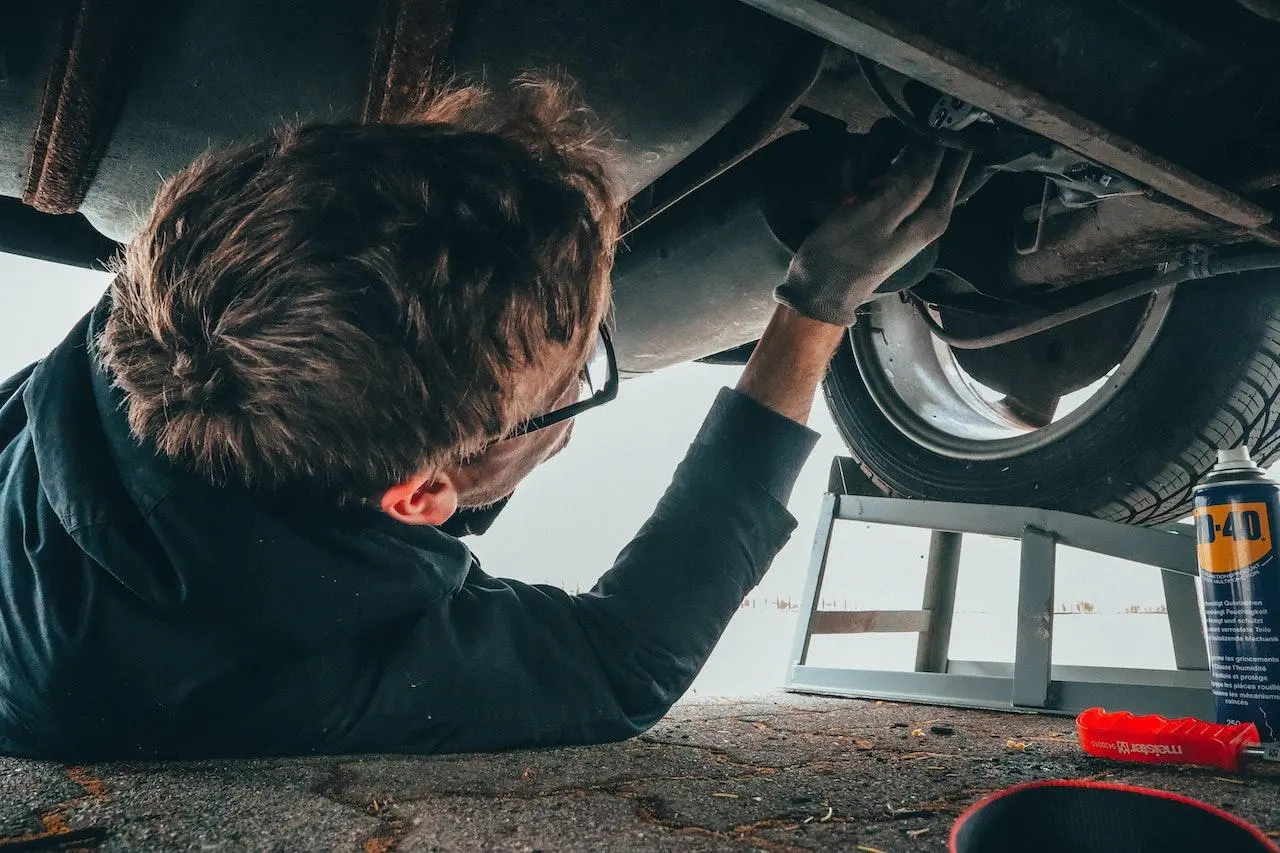What is a cars suspension system? - Car Jargon Explained
Published Date: 19th Feb 2023
 How the Vehicle Suspension System Works - A vehicle's suspension system is an important part of the car's ability to provide a smooth and comfortable ride. It helps to dampen road bumps and reduce body roll when cornering. The suspension system includes several components, including shocks, springs, struts, and sway bars. In this blog post, we will take a closer look at how each of these components works together to give you a smoother ride. Read more car technology explanations here:
How the Vehicle Suspension System Works - A vehicle's suspension system is an important part of the car's ability to provide a smooth and comfortable ride. It helps to dampen road bumps and reduce body roll when cornering. The suspension system includes several components, including shocks, springs, struts, and sway bars. In this blog post, we will take a closer look at how each of these components works together to give you a smoother ride. Read more car technology explanations here:
Shock Absorbers - Shocks are an important component of any vehicle’s suspension system. They absorb the shock from bumpy roads, which helps keep your car stable and provides you with a smoother ride. Several types of shocks are available on the market today, including hydraulic and air shocks. Hydraulic shocks use oil-filled chambers to absorb energy from impacts and vibrations, while air shocks use compressed air for the same purpose. Both types of shocks can be adjusted for different driving conditions depending on your needs.
Springs - Springs are also an essential part of any vehicle’s suspension system. They help absorb energy from impacts as well as reduce body roll when cornering by providing additional support for the wheels. Several types of springs are used in modern vehicles, such as coil springs, leaf springs, and torsion bars, that all work together to provide stability and comfort for drivers and passengers alike. It is important to regularly check your vehicle’s springs for signs of wear or damage that may affect their performance over time.
Struts - Struts are an integral part of any vehicle’s suspension system because they provide support for both steering control and overall stability while driving on uneven terrain or during sharp turns. Struts also help reduce vibrations in the cabin caused by rough roads or potholes by absorbing shock from impacts before they reach the cabin itself. Over time, struts may experience wear or damage that can affect their performance; it is important to have them inspected regularly so they can be repaired or replaced if necessary.
Sway Bar - The sway bar is another critical component in a vehicle’s suspension system that helps reduce body roll when cornering at higher speeds or during tight manoeuvres. The sway bar connects opposite sides of the axle together so that when one side goes up during a turn, it pulls down on the other side, which reduces body roll significantly compared to having no sway bar at all. When selecting a new sway bar for your vehicle, it is important to select one with appropriate stiffness according to your specific driving needs in order to achieve optimal performance without sacrificing too much comfort during regular driving conditions like highway cruising or city traffic jams where high levels of lateral force aren't necessary anyway.
Conclusion: Regular maintenance is key when it comes to keeping your car running smoothly and extending its lifespan as much as possible; this applies not only to its engine but also its suspension system! By inspecting each component regularly (shocks, springs, struts), replacing worn parts promptly when needed (springs & struts), tuning up existing parts (shocks), and adding additional components (sway bar) – you can improve your car's overall performance while ensuring safe driving experiences every time you get behind the wheel! So don't forget about maintaining your car's suspension system—it's just as important as taking care of its engine!

The suspension system is a crucial component of any vehicle that provides optimal comfort, stability, and safety.
The main components of the suspension system are shocks, springs, struts, and sway bar.
Shocks absorb the impact of bumps and potholes to provide a smooth ride.
Springs support the car's weight, cushions and rebounds on uneven surfaces.
Struts integrate with the car's steering system for added stability and control.
The sway bar reduces body roll during cornering by distributing weight evenly across the frame.
Regular suspension system maintenance can help prevent costly repairs and ensure the vehicle's longevity.
